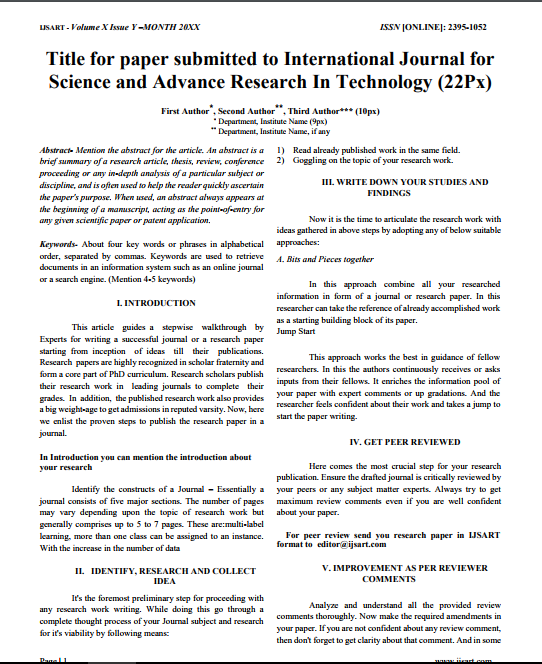Impact Factor
7.883
Call For Paper
Volume: 11 Issue 04 April 2025
LICENSE
Hybrid Machine Learning Techniques For Detecting Intrusion Detection Systems And Analysing The Trust-based Wsn
-
Author(s):
Mrs. K. R. Prabha | Dr. B. Srinivasan
-
Keywords:
Intrusion Detection System, Wireless Sensor Network, Hybrid Algorithm, K-means, SVM,
-
Abstract:
Machine Learning Can Deliver Real-time Solutions That Optimise Network Resource Use, Prolonging Network Lifetime. It Can Process Autonomously Without Being Programmed Externally, Making The Process Simpler, More Efficient, Less Expensive, And More Reliabl
Other Details
-
Paper id:
IJSARTV9I360200
-
Published in:
Volume: 9 Issue: 3 March 2023
-
Publication Date:
2023-03-02
Download Article


